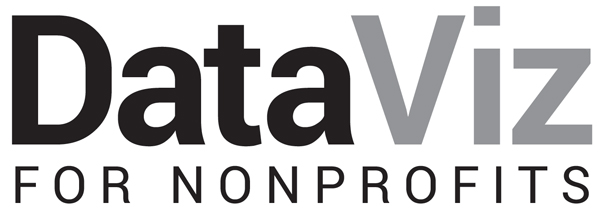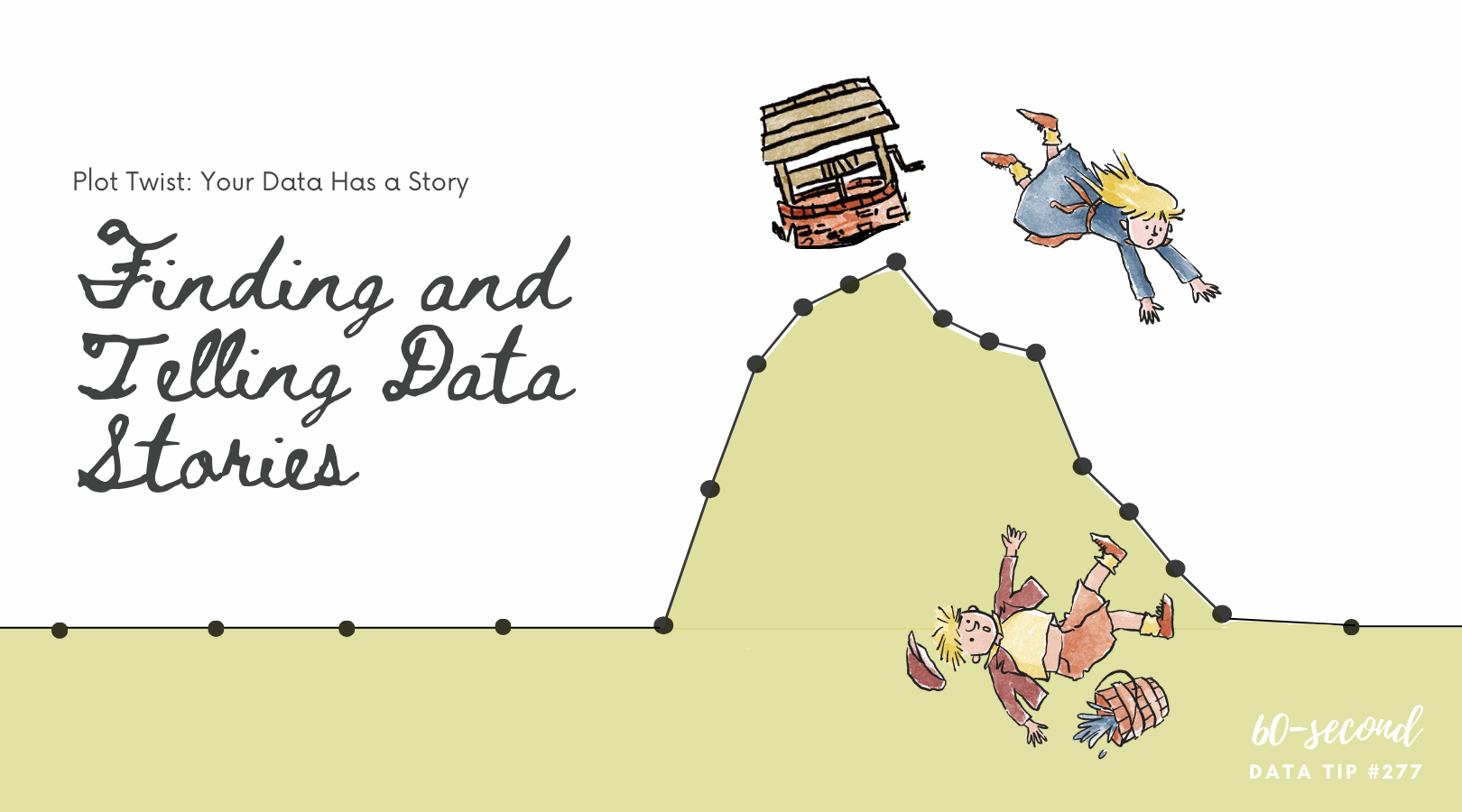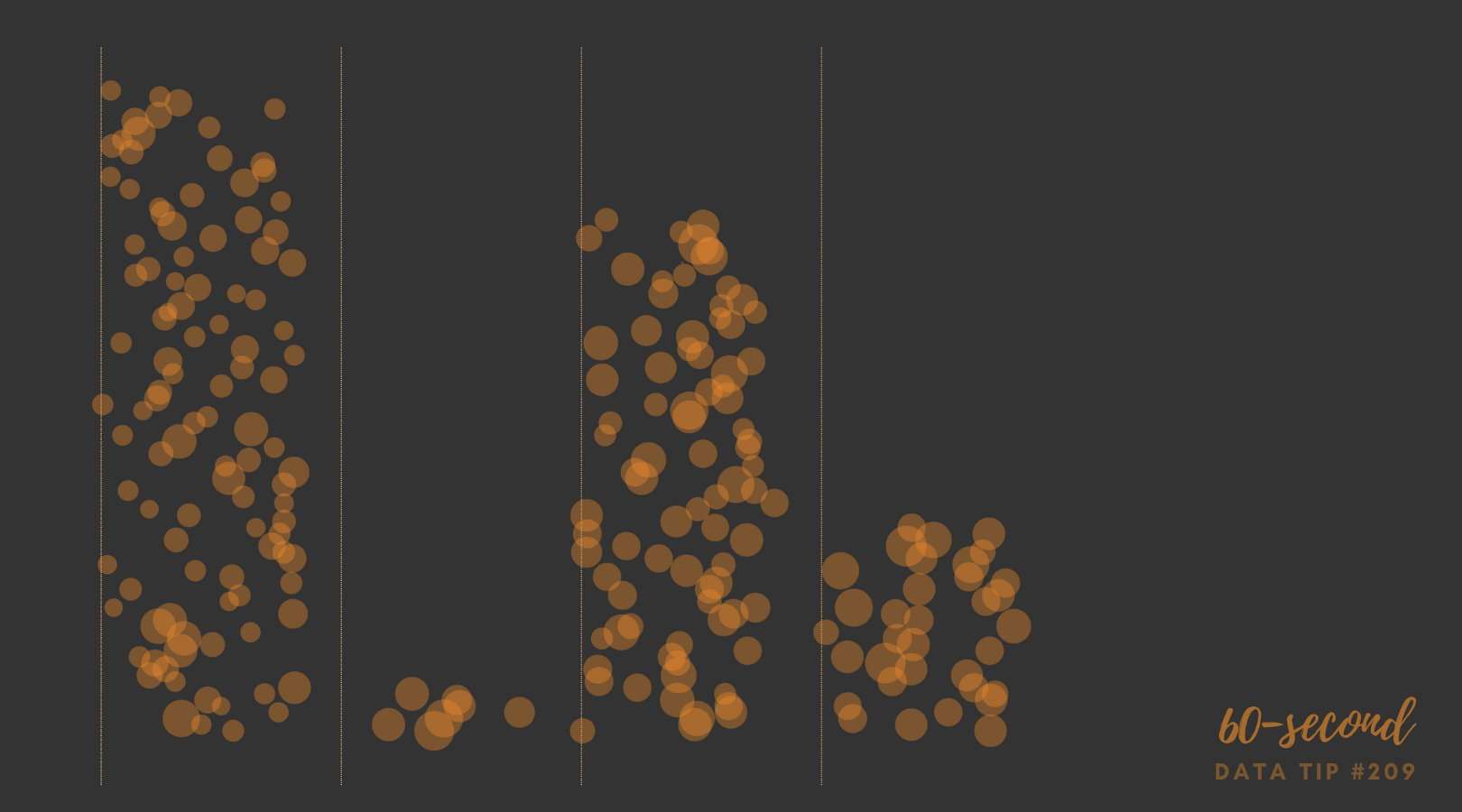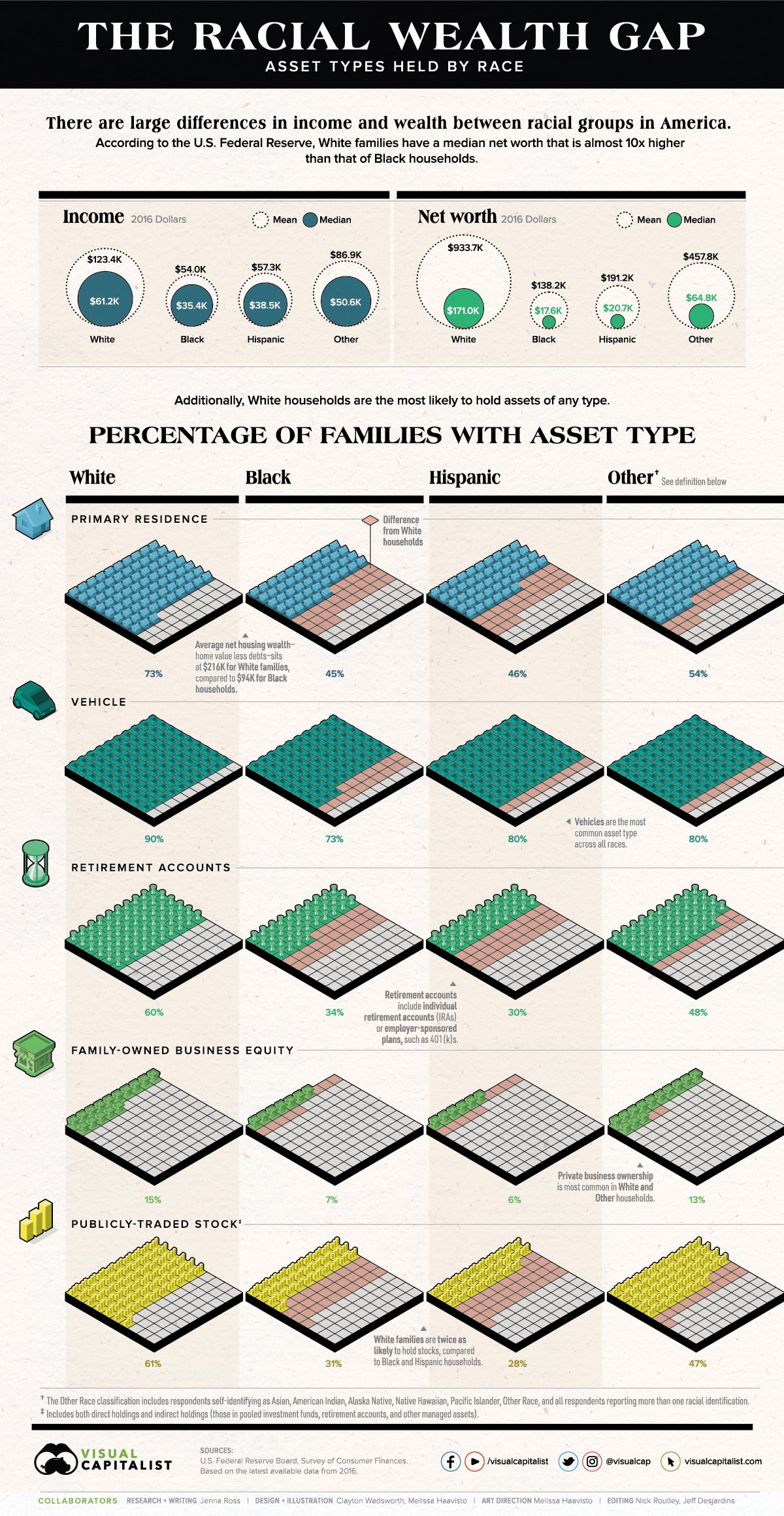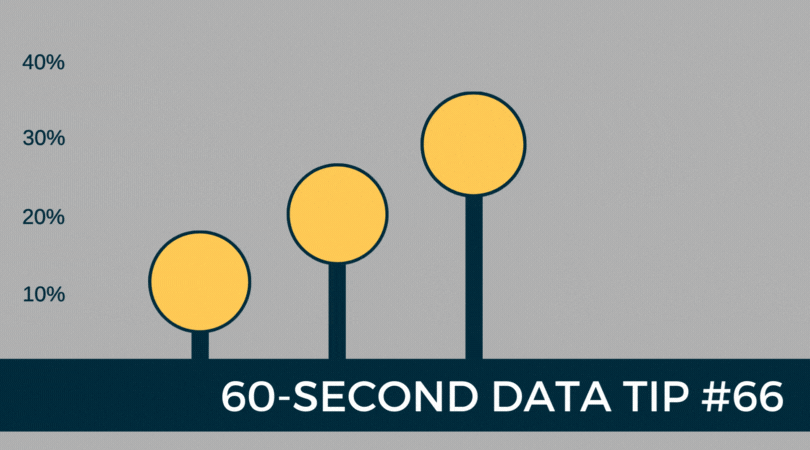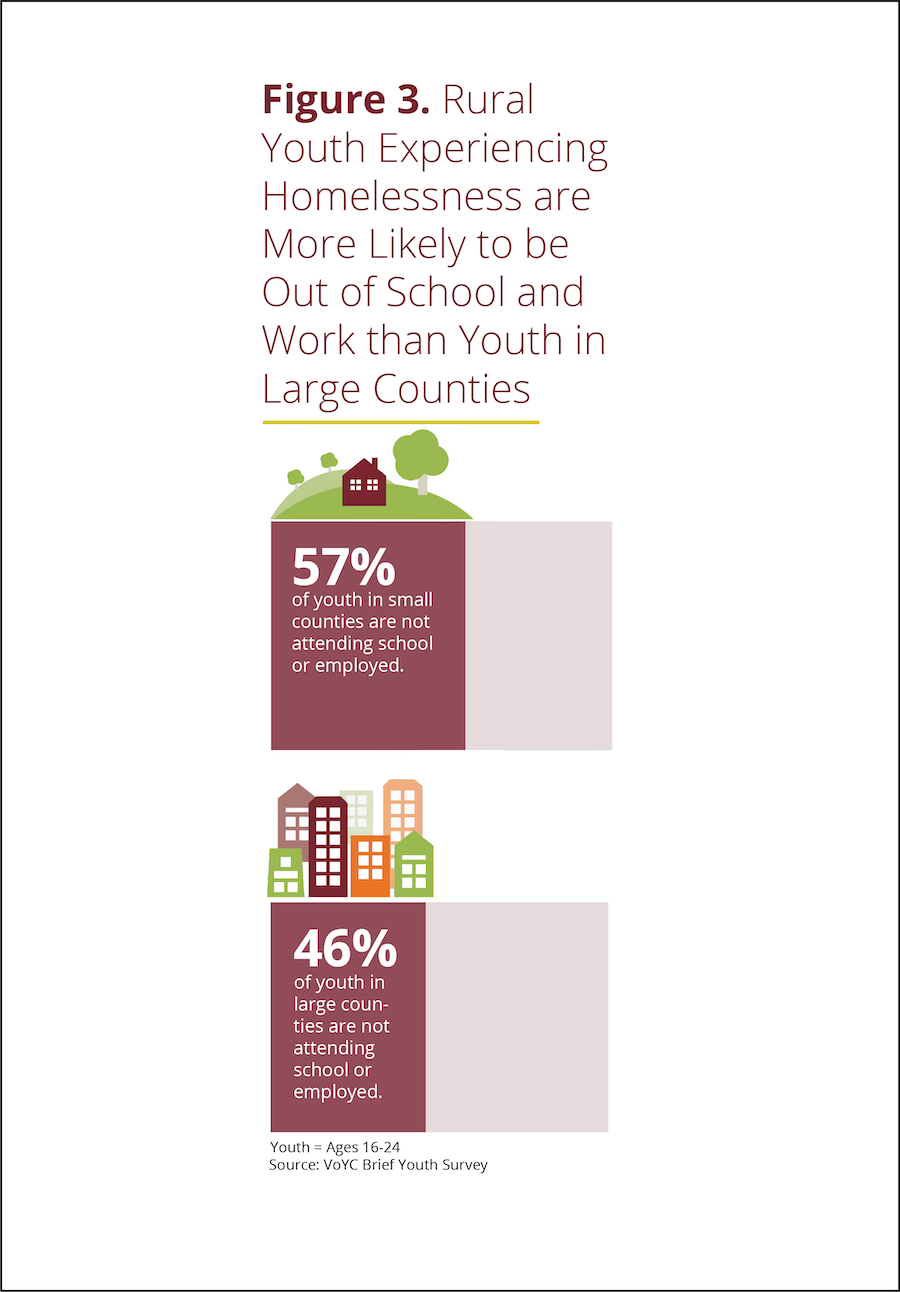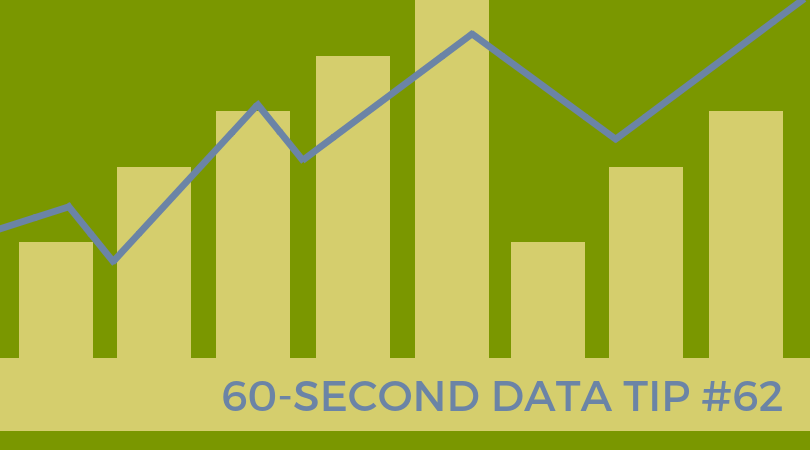Source: Source: Yusuke Nakanishi on Tableau Public
Here’s another steal-worthy viz to inspire you. This one is from Yusuke Nakanishi on Tableau Public. Filling the numbers to show the percent is cool, particularly because the chart is about drinking and the numbers appear to be filled like a glass. Nakanishi created the chart in Tableau by making a simple bar chart and then placing a virtual stencil (i.e. numbers with a transparent fill) over the chart. The best place to make this type of stencil is probably Adobe Illustrator. But if you don’t have an Adobe subscription, you can do it for free in Canva. I created this image in Canva as indicated below.
Open Canva and click on “Create a design” in upper right corner of the screen. Select a size (I chose presentation).
Select “Background” on left side of screen and then choose a background.
Select “Elements” on left side of screen and enter' “number frames” in the search window. Number frames look like numbers filled with an illustration of grass and sky. Click on the numbers you want and place and size them on the slide as you wish.
Select “Elements” on left side of screen and enter search terms in the search window to find a photo with one color on the bottom and another color on the top. I entered “oil” and used a photo with oil on the bottom and white on the top.
Drag that image over each number frame until it fills the frame.
Double click on the filled number and resize and move the image until the bottom color fills the number frame to the right height. To determine the height, you can use Canva’s rulers and guides.
Let’s talk about YOUR data!
Got the feeling that you and your colleagues would use your data more effectively if you could see it better? Data Viz for Nonprofits (DVN) can help you get the ball rolling with an interactive data dashboard and beautiful charts, maps, and graphs for your next presentation, report, proposal, or webpage. Through a short-term consultation, we can help you to clarify the questions you want to answer and goals you want to track. DVN then visualizes your data to address those questions and track those goals.
